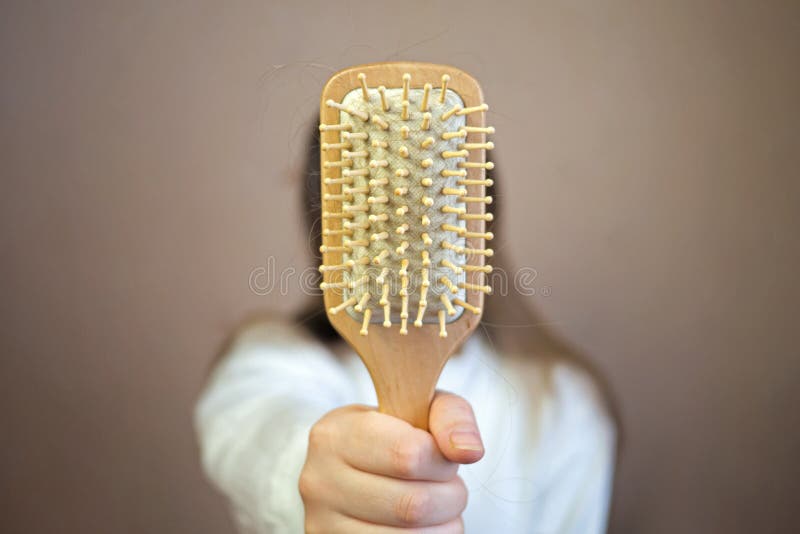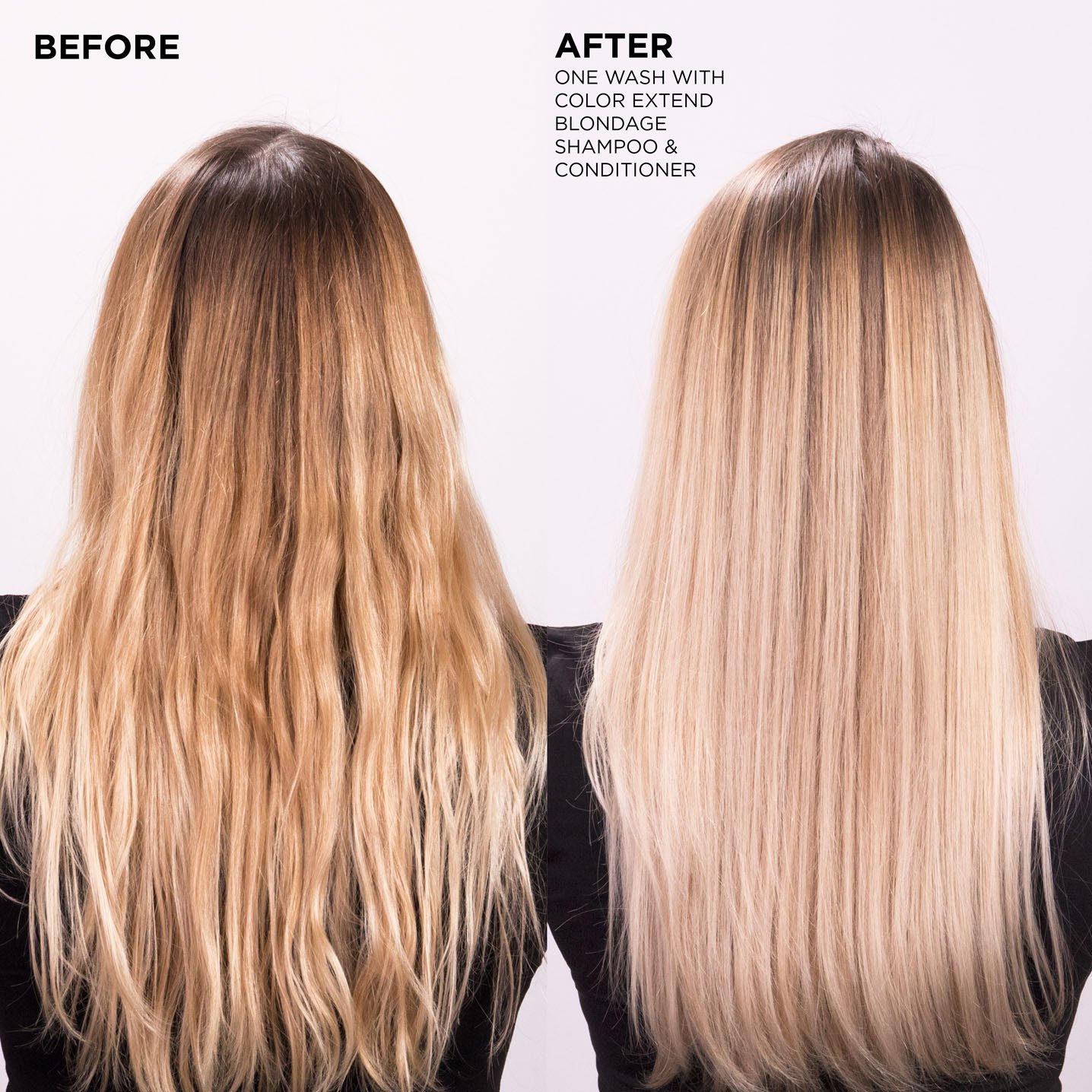Table Of Content

In females with androgenetic alopecia, the hair usually becomes thinner all over the head. Whether you decide to take the OTC route or consult with a dermatologist, the AAD stresses that hair loss is complex and there’s no one-size-fits-all regimen. Topical minoxidil can also help stimulate hair regrowth and promote healthier follicles, Dr. Mitchell adds.
Treatments for hair loss caused by hormonal imbalances
For conditions like alopecia areata that may affect children as well as adults, groups can provide emotional support and even help you buy wigs or find other ways to cope. You're unlikely to lose all of your hair with female pattern baldness. But without treatment, symptoms may get worse over time. Hair loss usually starts to appear near your center part. In the middle and later stages of female pattern baldness, you’ll lose hair on either side of your part and toward the front of your scalp.

What to expect from your doctor
Physical, mental, or emotional stress, along with certain medications, can cause larger-than-normal amounts of hair follicles to push into the resting phase of the hair cycle. When this occurs, as much as 70% of scalp hair can fall out, often in handfuls, around two months after the trigger. Even if your hair loss is hereditary, there are treatments that exist that can help slow or reverse hair loss. If possible, talk with your doctor to address your concerns and rule out any serious underlying medical concerns that may be causing your hair loss. The FDA has approved a few laser treatment devices to treat hair loss at home. But we need more studies into their safety and effectiveness for long-term use.
Laser Treatment
There’s no outright way you can “prevent” balding, but there are steps you can take to halt any further loss of hair on your scalp. Always contact a GP or dermatologist for advice before starting or finishing any treatments or medicine for alopecia. These conditions should be ruled out as part of the diagnostic process for menopausal hair loss. To prevent further damage to your hair, practice gentle hair care. Avoid using heated styling tools, including blow dryers, straighteners, curling irons, and hot curlers.
Some research connects excess intake of vitamin A or selenium with an increased risks for hair loss. They may also order blood tests to check for any nutrient deficiencies or signs of an underlying condition. For the purposes of this article, we use “male” and “female” to refer to a person’s sex assigned at birth. If you're pregnant, planning to become pregnant, or breastfeeding, ask your doctor before taking minoxidil. It may be harmful to your unborn baby and can pass through breast milk to a nursing infant. Your doctor gently scrapes skin samples from your scalp and sends them to a lab for testing.
The role of vitamins and minerals in hair health: Essential nutrients for strong and healthy hair
That's because your estrogen levels drop after childbirth. If you're losing hair while pregnant, ask your doctor if you might have a dietary deficiency. You can lose hair during menopause as your estrogen and progesterone levels drop. Also, because hair follicles shrink during this time, your hair might be thinner, fall out easier, and grow more slowly. With this type of hair loss, your follicles gradually shrink and the growth cycle is shortened. Female hair loss happens when a woman, or anyone who was identified as female at birth, loses more hair than normal.
Cosmetic options for hair loss
Platelet-rich plasma (PRP) is showing promise in the hair regrowth department, too. Regrowth continues for over a year, after which time it stabilizes. Minoxidil usually needs to be used long-term to prevent hair loss and promote hair growth.
Stay on top of latest health news from Harvard Medical School.
Hair Loss Prevention: 22 Things You Can Do to Stop Hair Loss - Healthline
Hair Loss Prevention: 22 Things You Can Do to Stop Hair Loss.
Posted: Thu, 25 Apr 2024 16:18:45 GMT [source]
Treatment options for menopausal hair loss can include medication such as Rogaine and procedures like microneedling. It can also include lifestyle changes, including reducing stress, exercising, and eating a healthy diet. Being kind to your hair by avoiding harsh hair-care practices can also encourage a healthier scalp and less hair loss.
Symptoms of Menopausal Hair Loss
It’s another expensive treatment that isn’t generally covered by insurance, but it tends to be a long-lasting solution. If you often wear a hairstyle like braids or a tight bun that puts prolonged strain or stress on the hair follicle, that can cause a type of permanent hair loss called traction alopecia. Scalp ringworm, which is caused by a fungus, requires antifungal medication. Other studies have shown that using microneedling along with another treatment, including platelet-rich plasma or a corticosteroid that you apply to the thinning area, helps improve hair growth.
If thin areas are easy to spot, consider a weave, a hairpiece, a scarf, or a hat. Good-quality wigs are more comfortable than ever -- and they rarely have bad hair days. If hair loss affects your job or social life or makes you not want to leave the house, talk with a counselor. They might suggest a short cut, a different part, maybe a gentle body wave. Try a styling product for thin hair to hide bare spots.
Because hair is constantly falling out and growing, hair loss often goes unnoticed. You're more likely to notice it when a lot of hair enters the resting phase at the same time or if hair roots become damaged during the growth process. This usually isn't noticeable because new hair is growing in at the same time. Hair loss occurs when new hair doesn't replace the hair that has fallen out. In the type of patchy hair loss known as alopecia areata, hair loss occurs suddenly and usually starts with one or more circular bald patches that may overlap. Before pursuing hair loss treatment, talk with your doctor about the cause of your hair loss and treatment options.
While hair loss isn’t itself dangerous, losing your hair is an emotional experience. Unwanted changes to your appearance can influence your self-esteem and social life. Some people find comfort in talking with a mental health professional if their hair loss causes discomfort. Others may find relief in changing their hairstyle or wearing a wig.
For example, anagen and telogen shedding may stop with time. Managing any underlying health conditions improves hair loss. And early treatment of alopecia may reduce the speed of thinning and promote regrowth. A healthcare provider can tell you more about what to expect in your situation. Female pattern baldness is a type of hair loss that’s more gradual than telogen effluvium. It’s not known exactly what causes female pattern baldness.
Thinning hair in women: Why it happens and what helps - Harvard Health
Thinning hair in women: Why it happens and what helps.
Posted: Wed, 03 Apr 2024 07:00:00 GMT [source]
Your body makes more male hormones, or androgen, than it should. This can cause extra hair to sprout on your face and body while the hair on your head thins out. PCOS can also lead to ovulation problems, acne, and weight gain. A follicle produces a single hair that grows at a rate of half an inch per month. It hangs in there for 2 to 6 years, then stops for about a month. At any given time, most of your locks are in the growth phase.

No comments:
Post a Comment